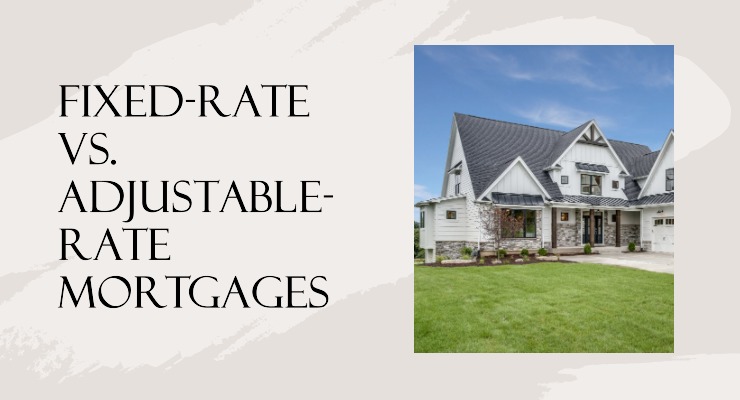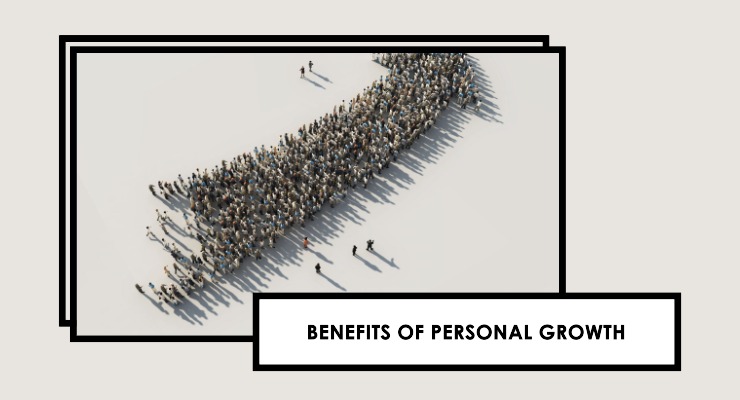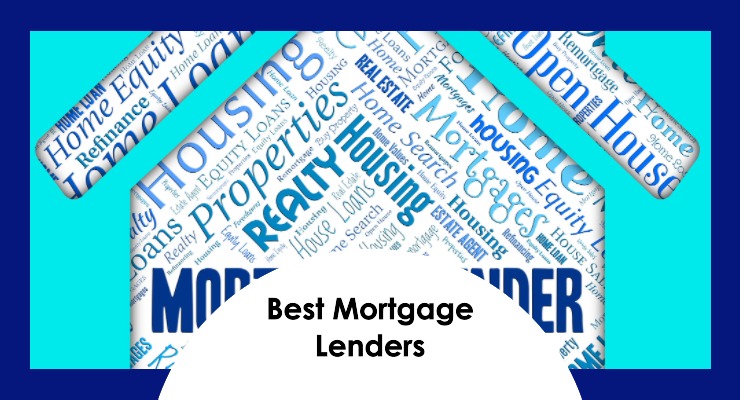The journey to homeownership involves making numerous important decisions, not the least of which is choosing the type of mortgage that best fits your financial situation and long-term goals. This article aims to provide an in-depth comparison of the two main types of mortgages—fixed-rate and adjustable-rate—assisting you in making an informed decision.
Understanding Mortgages
Before diving into the specifics of fixed-rate and adjustable-rate mortgages, it’s crucial to grasp the fundamentals of what a mortgage is. A mortgage is a loan provided by a financial institution or lender to assist a borrower in purchasing a property. It’s like a contract between the borrower and the lender, where the borrower agrees to repay the loan, plus interest, over a set period, called the loan term.
The two main types of mortgages are fixed-rate mortgages and adjustable-rate mortgages. Each comes with distinct advantages and disadvantages, and understanding these can help you decide which is the better fit for your financial circumstances and home-buying goals. Let’s delve into each type to gain a deeper understanding.
Fixed-Rate Mortgages
Fixed-rate mortgages are a popular type of home loan where the interest rate remains the same throughout the life of the loan. This means your monthly payments will remain consistent, offering predictability and ease of budgeting.
Pros of Fixed-Rate Mortgages:
- Stability: The primary advantage is the predictability of your payments. You will know exactly what your payment will be every month, making it easier to budget.
- Protection Against Interest Rate Increases: If interest rates rise, your mortgage payments won’t change since your rate is locked in.
Cons of Fixed-Rate Mortgages:
- Higher Initial Interest Rate: Fixed-rate mortgages typically start with a higher interest rate compared to adjustable-rate mortgages.
- Less Flexibility: If interest rates fall, you’re locked into the higher rate unless you refinance.
Adjustable-Rate Mortgages
Adjustable-rate mortgages (ARMs), also known as variable-rate mortgages, have an interest rate that may change periodically, usually in relation to an index, and payments may go up or down accordingly. ARMs often come with a fixed-rate period initially, after which the rate begins to adjust.
Pros of Adjustable-Rate Mortgages:
- Lower Initial Interest Rate: ARMs often start with a lower interest rate compared to fixed-rate mortgages, which can make homeownership more affordable initially.
- Benefit if Rates Fall: If interest rates decrease, your mortgage interest rate will drop as well, reducing your monthly payments.
Cons of Adjustable-Rate Mortgages:
- Uncertainty: Your mortgage rate can fluctuate over time, potentially leading to significantly higher payments.
- Complex Terms: ARMs can be more complex and difficult to understand than fixed-rate mortgages.
Comparing Fixed-Rate and Adjustable-Rate Mortgages
When deciding between a fixed-rate and an adjustable-rate mortgage, you should consider your financial situation, how long you plan to own the home, your risk tolerance, and the current interest rate environment.
Fixed-rate mortgages are often best for those who plan to stay in their home for a long time and prefer the stability of fixed monthly payments. Conversely, adjustable-rate mortgages can be a good option if you plan to sell before the initial fixed-rate period ends, or if you’re confident you can handle potential payment increases in the future.
Market conditions can also significantly impact your decision. For instance, in a low-interest-rate environment, a fixed-rate mortgage can allow you to lock in a low rate for the duration of your loan. But if rates are high, an adjustable-rate mortgage may be attractive as it could potentially decrease in the future.
Factors to Consider When Choosing Between Fixed and Adjustable Rate
Choosing between a fixed-rate and an adjustable-rate mortgage largely depends on individual circumstances and financial goals. Here are some key factors to consider:
- Risk Tolerance: If you are comfortable with some uncertainty and believe you could handle potentially higher payments in the future, an adjustable-rate mortgage might be a good fit for you. However, if you prefer predictability and stability, a fixed-rate mortgage could be a better option.
- Financial Situation: Consider your current and future financial situation. Do you expect your income to increase, remain stable, or potentially decrease? This could influence whether you’re able to handle possible payment fluctuations with an ARM.
- Housing Market Trends: Keep an eye on the housing market trends. Are the interest rates currently low or high? Do experts predict them to rise or fall?
- Long-term Plans: Your future plans are crucial in making this decision. If you plan to stay in your home for many years, a fixed-rate mortgage might be more beneficial. But if you intend to move or refinance within a few years, an ARM could save you money.
Case Scenarios: When to Choose Fixed or Adjustable-Rate Mortgages
Here are a few scenarios that might help you decide:
- First-Time Homebuyer With Long-term Plans: If you’re a first-time homebuyer planning to live in your new home for a long time, a fixed-rate mortgage is usually a safe bet. This gives you predictable payments and protects you from potential rate increases.
- Seasoned Homebuyer With Short-term Plans: If you plan to stay in your home for only a few years, an adjustable-rate mortgage might make sense. You could benefit from the lower initial interest rate, and you’ll likely sell before the rate adjusts.
- Investor Flipping Homes: If you’re an investor who buys homes to renovate and sell, an ARM could be beneficial. You can take advantage of the lower initial interest rate, and you’ll likely sell the property before the rate starts to adjust.
Conclusion
Whether a fixed-rate or an adjustable-rate mortgage is right for you depends on various factors, including your financial situation, risk tolerance, and future plans. Both types of mortgages have their pros and cons, so it’s crucial to understand how they work. Take the time to evaluate your personal circumstances and consult with a mortgage advisor if necessary, to ensure you make the decision that best suits your needs.
Frequently Asked Questions
Q1: What happens if interest rates drop significantly after I’ve chosen a fixed-rate mortgage?
If you have a fixed-rate mortgage and interest rates drop significantly, you have the option to refinance your mortgage. Refinancing allows you to take advantage of the lower interest rate, potentially lowering your monthly payments or the total amount paid over the life of the loan. However, refinancing involves costs, so it’s important to ensure that the potential savings outweigh the costs.
Q2: How frequently can the rate change with an adjustable-rate mortgage?
The frequency of rate changes in an adjustable-rate mortgage (ARM) depends on the terms of your specific loan. Most ARMs have an initial fixed-rate period, typically 3, 5, 7, or 10 years. After that, the rate may adjust annually. However, most ARMs also have “rate caps” that limit how much the interest rate can increase or decrease in a given adjustment period and over the life of the loan.
Q3: Can I switch from an adjustable-rate mortgage to a fixed-rate mortgage in the future?
Yes, you can switch from an adjustable-rate mortgage to a fixed-rate mortgage in the future through a process called refinancing. This might be a good option if you plan to stay in your home long-term and want to lock in a stable interest rate, especially if rates are low.
Q4: Are there hybrid options available that combine features of both fixed and adjustable rate mortgages?
Yes, there are hybrid options known as hybrid ARMs. These mortgages have an initial fixed-rate period, after which the rate adjusts periodically. Examples include the 5/1 ARM and the 7/1 ARM. In a 5/1 ARM, the interest rate is fixed for the first five years and then adjusts every year thereafter. In a 7/1 ARM, the rate is fixed for seven years before it begins to adjust annually.
Q5: Which type of mortgage is generally considered less risky?
Fixed-rate mortgages are generally considered less risky because they provide a predictable monthly payment for the life of the loan. With an adjustable-rate mortgage, your payment could increase significantly if interest rates rise.
Q6: Is it easier to qualify for a fixed-rate or adjustable-rate mortgage?
The ease of qualifying for a mortgage can depend on various factors, including your credit score, income, debt-to-income ratio, and the size of your down payment. Generally, both fixed-rate and adjustable-rate mortgages have similar qualification requirements. However, some lenders might have slightly stricter criteria for adjustable-rate mortgages because of the potential for payment increases.


















